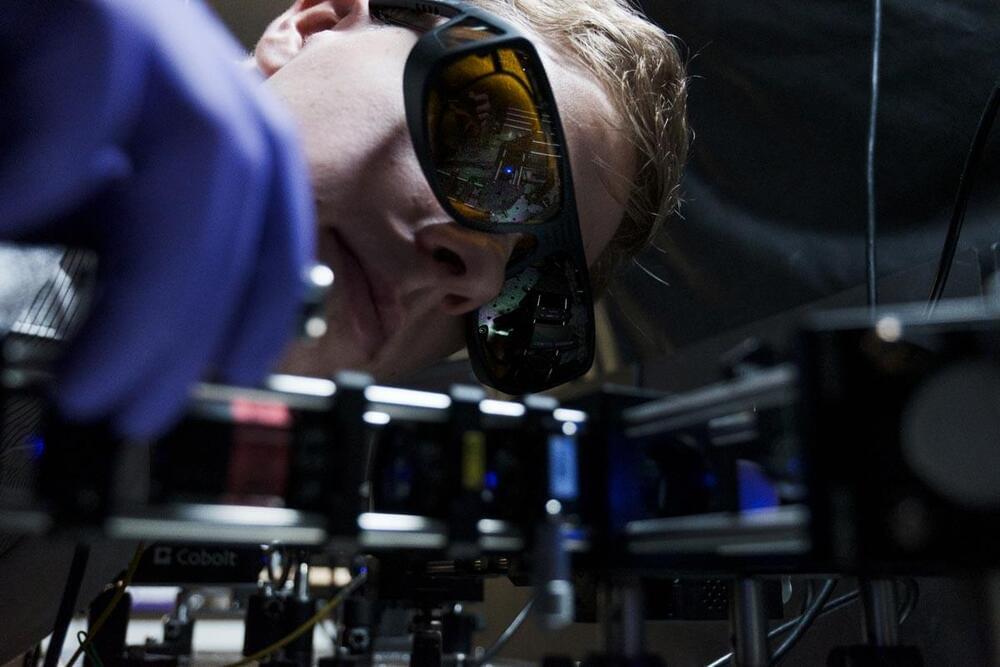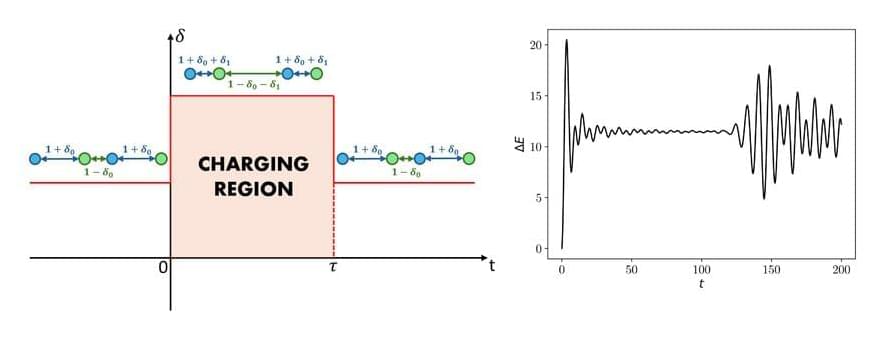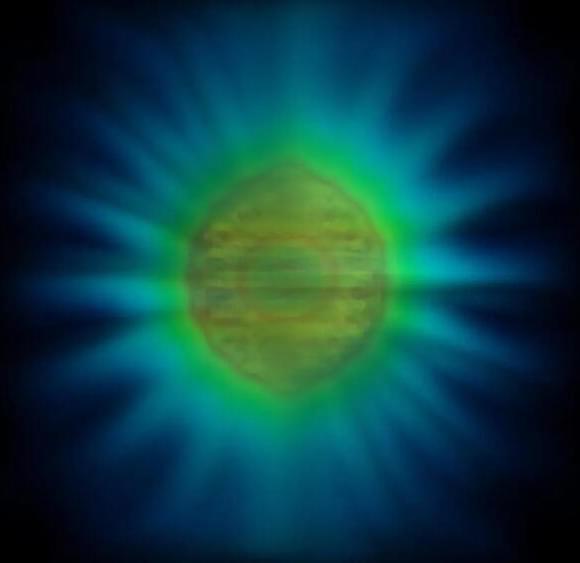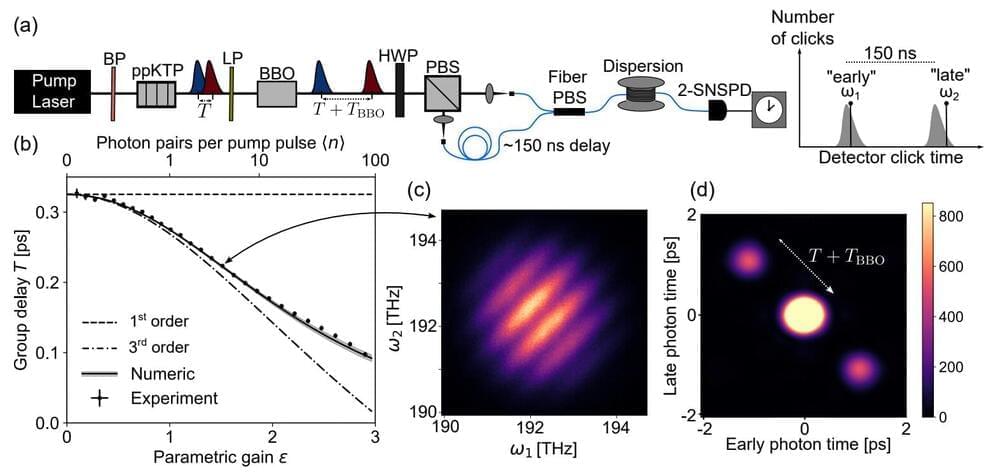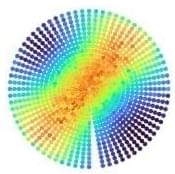This system charges without external fields, advancing energy technology.
A research team at the University of Genova has developed the spin quantum battery, an energy storage system that uses the spin degrees of freedom of particles.
The battery utilizes the spin properties of particles for energy storage and release, with a distinctive charging method that eliminates the need for an external field.
Quantum many-body theory and non-equilibrium physics are longstanding research areas within the quantum condensed matter theory group led by Maura Sassetti at the University of Genova, according to senior author Dario Ferraro.
